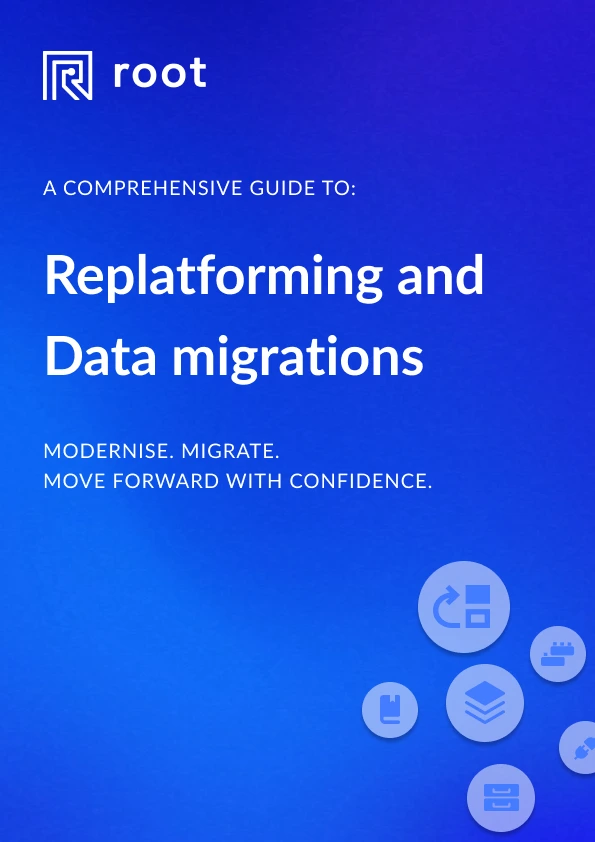The need to replatform
Replatforming an insurance business is rarely urgent - until it’s unavoidable.
And the opportunity cost of continuing to support insurance businesses using legacy systems is clear.
McKinsey reports that IT costs per policy for insurance businesses with modernised IT systems can be 41 percent lower than that of players with legacy IT systems. Modern systems also improve operational efficiency, as the total number of policies per full-time equivalent they achieve is as much as 42% higher.
Another report by BCG found that a modern core platform with digital capabilities can boost revenue by 25% and accelerate new product time-to-market by 3 to 4 times.
As product innovation accelerates and digital distribution becomes non-negotiable, insurance businesses need the agility to build fast, launch at scale, and adapt in real-time. Without the right core platform, that kind of responsiveness simply isn’t possible.
Insurers, MGAs and intermediaries who have not replatformed to a modern core system will know that legacy systems hold them back, however, the task of replatforming is complex, risky and potentially disruptive.
It’s easy and understandable to delay the decision, which is significant in the life of an insurance business, involving dedicated time and resources to complete.
The question is - how do you replatform with confidence, and avoid the pitfalls that have tripped up others?
When to replatform
Here are some signs your current system is slowing you down:
- Small product changes take weeks instead of minutes
- APIs are too limited or poorly documented to support new distribution partnerships or integrations
- Your IT team spends more time on maintenance than innovation
- Product and policyholder data is fragmented and siloed across multiple systems
- Manual (or even paper-based) workflows are still the norm, not the exception
In today’s landscape, these are no longer just inefficiencies. They’re strategic blockers.
Replatforming strategies
There’s no one-size-fits-all approach to replatforming. What works for a startup MGA might not suit a large-scale insurer with complex legacy products and significant policy volumes.
Consider one of three distinct replatforming strategies:
1. Parallel Systems
Launch new products on a modern platform, while legacy products continue running indefinitely on the legacy system.
2. Gradual Run-Down
Run down your existing book of business on the legacy system over time, whilst issuing all new policies on the new platform.
3. Full Migration
Migrate all products and data to a single modern platform and fully decommission the legacy system.
.webp)
What's the right replatforming strategy for your insurance business?
Your business objectives and needs will guide which is the optimal strategy for you.
A parallel system strategy would be ideal for validating new technology and products without immediately changing your core system and processes. A gradual rundown strategy would suit an insurance business with products that have a short policy lifecycle, which would minimise the time needed to fully rundown the legacy systems operations.
By contrast, a full migration is aimed at creating scalability and optimising long-term operational efficiency and control.
Each strategy has its benefits and trade-offs:
- The parallel system strategy will result in legacy system costs continuing indefinitely
- Only those products that are launched on the new system will realise the value from using modern technology when employing a parallel system strategy
- The full migration strategy will eliminate duplicate operational overhead, because data stores and structures will be centralised, rather than fragmented across multiple systems. Operational overhead is duplicated when using the parallel systems and gradual rundown strategies.
- However, a full migration carries higher migration risk and requires extensive change management.
If you’d like to find out more, and also learn how to migrate your data from a legacy system to a new core platform on-time and on-budget, complete the form below to download our full Replatforming and Data Migration Guide.

Complete the form below to download the full guide
Because the real value of replatforming isn’t just in better tech, it’s in building a more agile, scalable and future-ready insurance business.
.webp)
